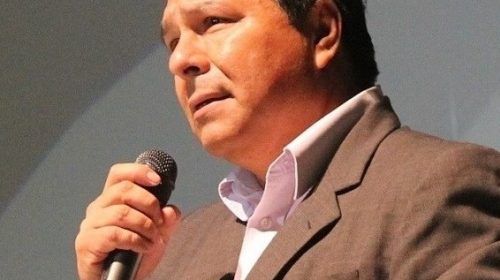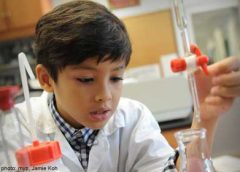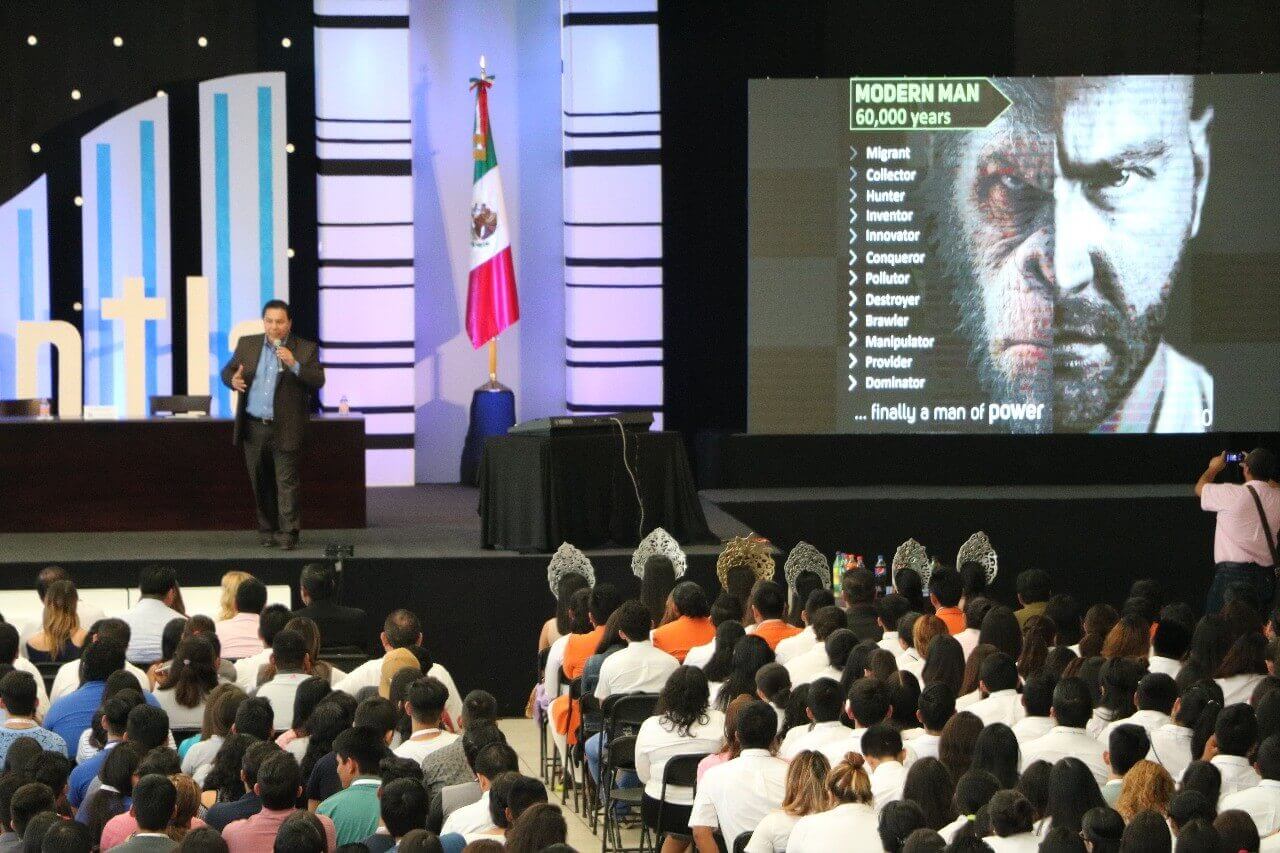By José Alberto Gaytán García *
Last week the Misantla Technology Institute’s 2017 International Congress of Engineering was held; On this occasion, the central theme of this important event was the development of human progress in the last 60 thousand years, the period in which modern man evolved. It was the privilege of your humble correspondent to open the program with a presentation entitled “The Algorithm of Human Progress”. It is of benefit to clarify that an algorithm is a certain group of operations organized in a logical and orderly manner that allow the solving of a certain problem, another simple definition is the following: an algorithm is a set of steps used to make calculations, solve problems and make decisions. This mathematical expression is used mainly in the field of programming where computer programs are operated by algorithms, which indicate to the computer the steps to follow to execute a specific task, this task could be from programming music to operating a spaceship.
For this reason, all the stages and transitions of human progress have a remarkable similarity with this mathematical figure, since the steps taken by man to make decisions, solve obstacles and set goals to progress and obtain knowledge are undoubtedly an algorithmic figure. It should also be pointed out that human progress is a permanent quest for knowledge, in which, whenever man satisfies a need, a new context immediately appears with a new need and a new ambition of knowledge.
Very well, I think we are all clear about the above, but how did this algorithm or the journey of human progress begin? Who started it? Where and why?
We find the answer four and a half million years ago, in the forests of Ethiopia, Africa, when one of our ancestors, an ape, perhaps the closest cousin in the fantastic line of human evolution, was presented with a serious problem that forced him to make an extraordinary decision, a decision of unimaginable consequences; It turns out that our relative ran out of food in the treetops where he lived, since at that time there was a severe drought that almost wiped out all the species of the African continent. Desperate and worried about his future and that of his family, our relative scratched his head over and over again, looking everywhere to solve the problem of finding food and a better place to live in peace with his family.
It is important to clarify that our relative since he was born, always lived in the trees, moving on four legs, jumping with extreme skill from one tree to another. That cousin made the wise decision to get down from the trees where he had always lived, to straighten up, that is, to take a bipedal posture, which allowed him to walk upright and use his front legs as hands, so he could carry his children and work the tools he used in his natural environment with greater ease. Thus began the incredible and fantastic journey of evolution towards the human species.
And now, since our cousin came down from the trees, the development achieved by the thirty-one species of Homo Sapiens all the way to modern man, through groups, tribes, clans, sects, cultures, civilizations, dynasties, caliphates, empires, monarchies, dictatorships, republics, governments and societies, is called History, the History of us all.
jalbertogaytangarcia@gmail.com
A12811/17
Acerca del autor

- José Alberto Gaytán García ha escrito artículos y ensayos de corte académico en diarios y revistas de México y de los Estados Unidos; ha participado en importantes proyectos académicos e impartido conferencias sobre temas de historia, tecnología y educación en el marco de las relaciones entre México y los Estados Unidos, tema en el cual realizó sus estudios de doctorado en The Graduate School of Internacional Studies de la Universidad de Miami.
 Cultura General10 agosto, 2022Michio Kaku: científico del futuro
Cultura General10 agosto, 2022Michio Kaku: científico del futuro Cultura General29 junio, 2020Miguel Alcubierre: viajero de las estrellas
Cultura General29 junio, 2020Miguel Alcubierre: viajero de las estrellas Cultura General6 abril, 2020Niños brillantes (Segunda parte)
Cultura General6 abril, 2020Niños brillantes (Segunda parte) Cultura General6 abril, 2020Niños brillantes (Primera parte)
Cultura General6 abril, 2020Niños brillantes (Primera parte)







